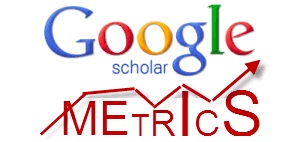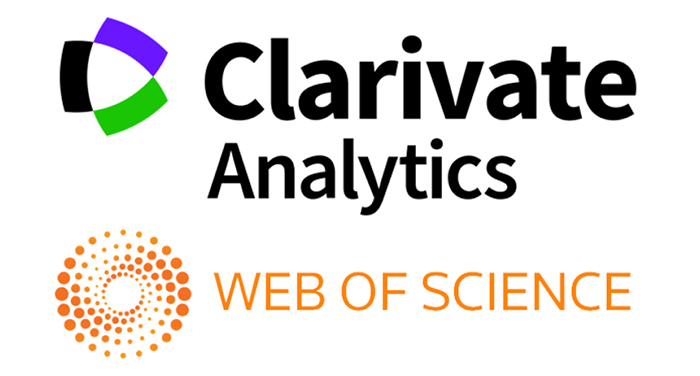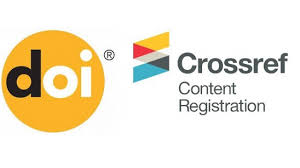THE FEATURES OF LEGAL TERM TRANSLATION AND THE ESSENCE OF THE PRAGMATIC APPROACH IN THE TRANSLATION PROCESS
Abstract
This article explores the intricacies of legal term translation and emphasizes the importance of the pragmatic approach in ensuring accurate and context-sensitive translations. Legal terminology, often deeply rooted in specific cultural and legal systems, poses unique challenges for translators. The study highlights how a pragmatic approach aids in addressing these challenges by considering the functional equivalence, cultural nuances, and intended purpose of the translated text. By examining case studies and theoretical frameworks, the article underscores the role of linguistic precision and contextual understanding in legal translations. The findings suggest that effective legal translation requires a combination of linguistic skills, cultural competence, and pragmatic strategies to bridge the gap between differing legal systems and audiences
References
Cao D. Translating Law. – New York, Routledge, 2007. – 256 p.
Šarčević S. New Approach to Legal Translation. – The Hague, Kluwer Law International, 1997. – 350 p. 3. Alcaraz E., Hughes B. Legal Translation Explained. – London, Routledge, 2002. – 192 p.
Biel Ł. Lost in Translation: The Role of Linguistic Precision in Legal Translation. – Germany, Springer, 2014. – 210 p.
Gémar J.C. Translation and the Law. – The Netherlands, Kluwer Academic Publishers, 1995. – 312 p.
Garzone G. Legal Language and Translation: Theory and Practice. – Frankfurt, Peter Lang, 2000. – 296 p.
Mattila H.E.S. Comparative Legal Linguistics. – London, Ashgate, 2006. – 343 p.
Monzó E. Legal Translation and Interpreting. – New York, Oxford University Press, 2012. – 280 p.
de Groot G.R., van Laer C. The Dubious Quality of Legal Dictionaries. – Amsterdam, Brill, 2006. – 165 p. 10. Garzone G., Viezzi M. Interpreting and Translating in Legal Settings. – Bern, Peter Lang, 2002. – 254 p.
Copyright (c) 2025 News of the NUUz

This work is licensed under a Creative Commons Attribution-NonCommercial-ShareAlike 4.0 International License.


.jpg)

1.png)







